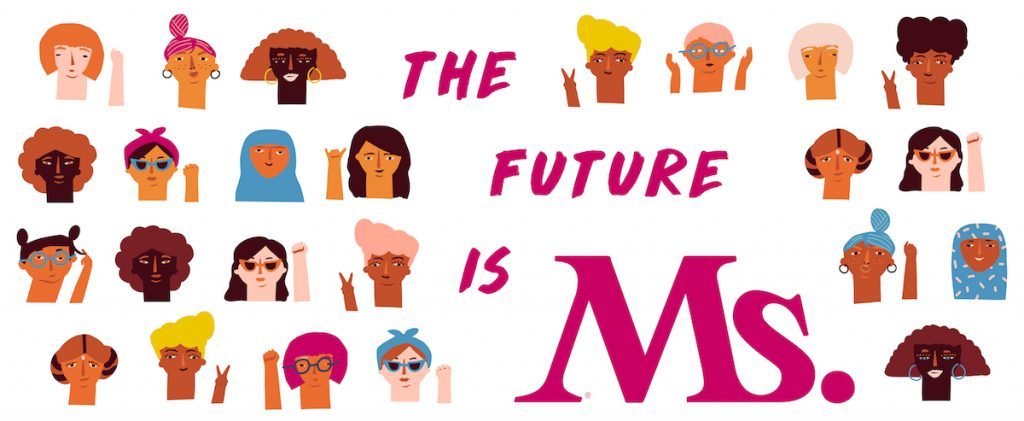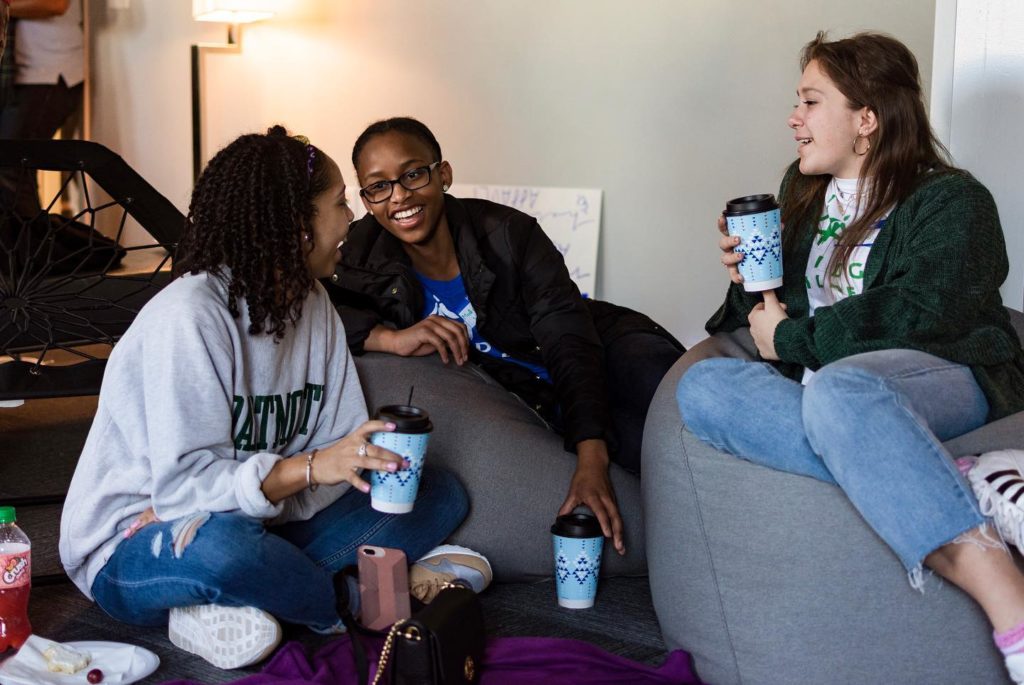
The Future is Ms. is an ongoing series of news reports by young feminists. This series is made possible by a grant from SayItForward.org in support of teen journalists and the series editor, Katina Paron.
When Nadia, 15, opens her school yearbook, the first thing she sees is a picture of the boy who she says sexually assaulted her and got away with it.
Nadia recalls that he groped her “in multiple places” while she was asleep next to him on a school bus. (Ms. agreed to use only her first name to protect her privacy.) She reported the incident, which occurred in November 2018, to her high school in Oregon. Under Title IX, schools are obligated to investigate and take protective actions to prevent sexual harassment and assault. Nadia says her school’s short investigation ended with the administration declaring the boy not at fault.
“They pushed me aside,” Nadia says. “I really wanted the right amount of depth to go into the investigation.” Instead, she says, the school told her it was an “overreaction” on her part, not a sexual assault.
Her story isn’t uncommon. While nearly half of middle and high school students reported being sexually harassed at school in a 2011 nationwide study commissioned by the American Association of University Women, nearly 80 percent of schools reported zero occurrences of this behavior half a decade later.

Through her work with a local education advocacy organization, 17-year-old high school senior Celia Ziliak created (S)HE Matters to look into the prevalence of sexual harassment in public high schools. She developed an online survey of more than 1,000 of her peers and found that 84 percent of the students who responded had experienced sexual harassment in high school; 38 percent reported having been groped or touched by someone without consent. More than half of the respondents believed their schools could have done more to prevent the harassment.
Ziliak’s drive on the issue is personal. When she reported a sexual assault at her high school in Lexington, the administration took almost six months to complete its investigation. (In September 2017, the Department of Education rolled back an Obama-era rule on Title IX that required schools to respond to sexual harassment or assault claims within 60 days.)
“Because the investigation took so long to happen, I was still dealing with harassing threats from him after that incident,” Ziliak says. “It made me lose hope that anything would get done.”
The lengthy investigation led Ziliak to conduct the survey, the results of which have encouraged her to look into creating an awareness curriculum for schools in her state. “Teenagers deal with sexual harassment and assault just as much as college students and people in the workplace do,” she says. “If we attack it from whenever it first appears in middle school, then we could actually change it so it stops happening later in life.
“The perpetrators will stop growing up believing what they are doing is completely acceptable behavior and that they will get away with it.”





